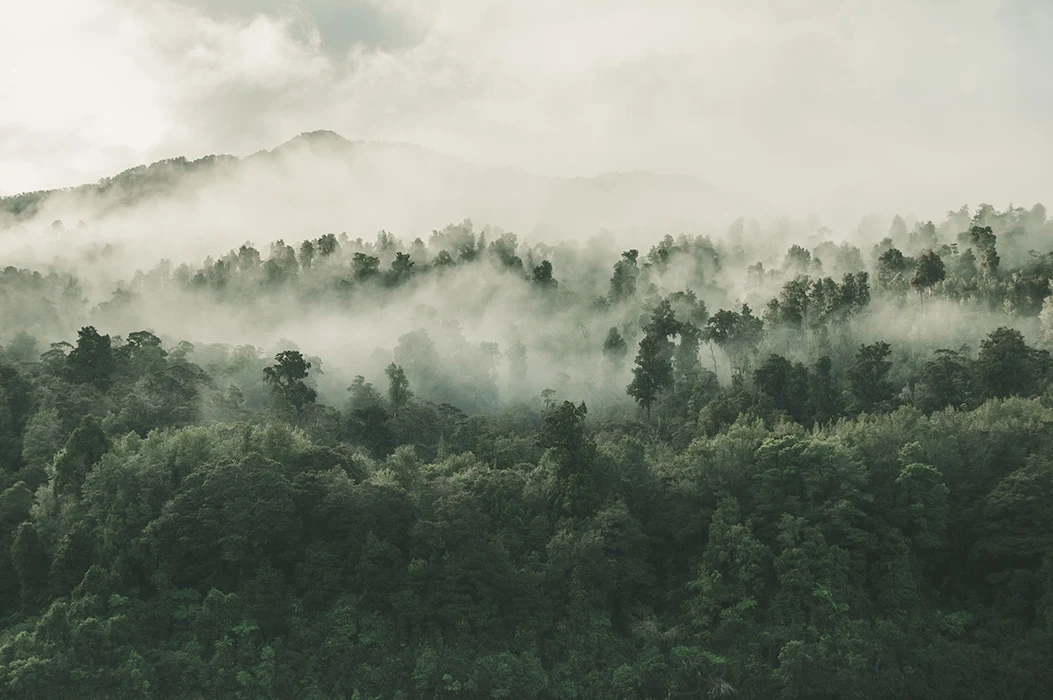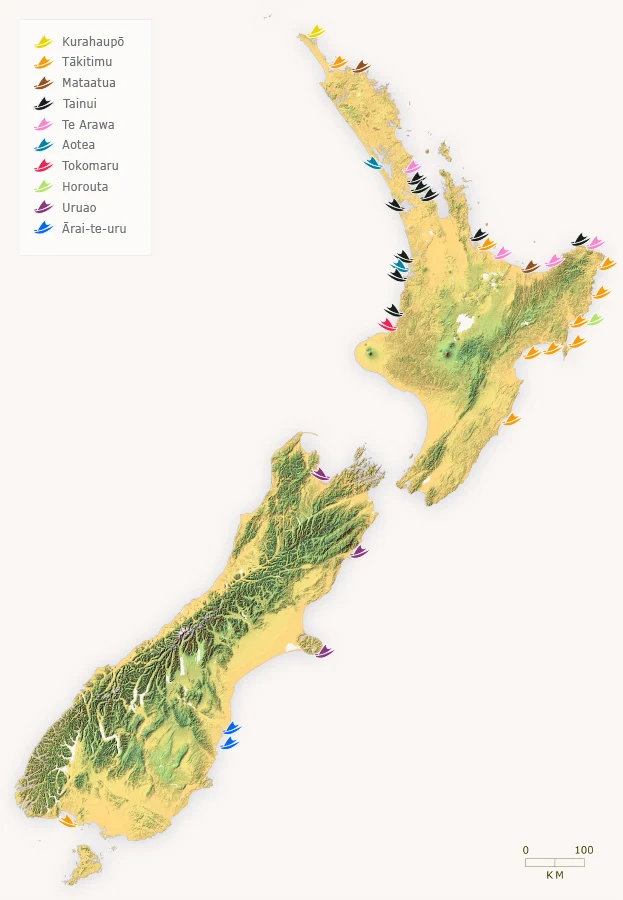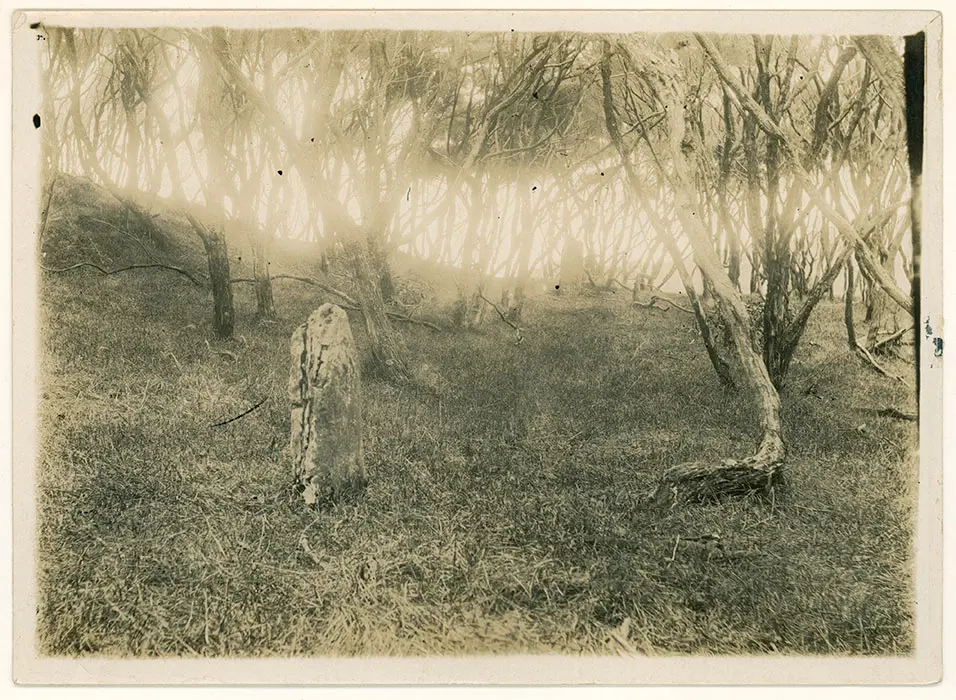A vast, cold land greeted ealy Pacific peoples.
Image credit: Photo by Tobias Tullius. Unsplash. License to use.


He tere tonu te urutau mai o ngā tāngata o Te Moana-nui-a-Kiwa ki ngā āhuatanga noho i tēnei whenua nui, whenua makariki, ā, ka tahuri rātou ki ētahi tikanga hou mō te rapu kai, te mahi kākahu, te hanga whare hoki mō ō rātou whanaunga. I noho tata anō rātou ki te taiao, ka tirotiro, ka ako, nā ngā mea katoa i mua i ō rātou kanohi rātou i tohutohu.
I noho ā-hapū te tangata. Nā te whakatairanga i te mana, i te tapu me te utu (ngā ritenga me ngā tikanga) ka toitū te ao katoa. He tūranga motuhake tō tēnā tangata tō tēnā tangata; ko ngā kaihī ika ērā, ko ngā tohunga whakaora mate tērā, ko ngā kaiwhakatō kai tērā, ko ngā kaiwhakairo tērā.
Ka whakawhānuitia atu ngā momo mahi, ngā tikanga mahi, ka whakamātauria hoki ngā momo mahi hou. Nō te taenga mai o ngā tāngata o Ūropi, kua noho ia takiwā, ia takiwā, i raro i te maru o tōna hapū, o tōna hapū.
A vast, cold land greeted ealy Pacific peoples.
Image credit: Photo by Tobias Tullius. Unsplash. License to use.

According to Māori tradition, this punga is one of two anchor stones brought from Hawaiki by the Polynesian navigator Kupe.
Image credit: Punga (anchor stone), 'Maungaroa'. Maker unknown. Ref: ME015920 Te Papa. All rights reserved. Used with permission.

Early Pacific peoples quickly adapted to life in this vast, cold land, inventing new ways of feeding, clothing, and housing their people. They lived close to nature, observing and learning from everything around them.
People lived in hapū (tribal groups). Respect for mana, tapu, and utu (customs and practices) kept everything in balance. Everyone had a role to play: from fishermen and healers to gardeners and carvers.
Boundaries were expanded and tested. By the time Europeans arrived, every part of the country was overseen by one hapū or another.
Landing places of a number of waka important to different iwi.
Image credit: Waka landing places by Te Ara. Te Ara — The Encyclopedia of New Zealand. All rights reserved. Used with permission.

Photograph of stones marking the bow and stern of the Tainui waka which was interred at Te Ahurei on the Kawhia Harbour.
Image credit: Photograph of stones marking bow and stern of Tainui (canoe), Kawhia, ca 1900s. Photographer unknown. Ref: PAColl-8245 Alexander Turnbull Library. Some rights reserved.
